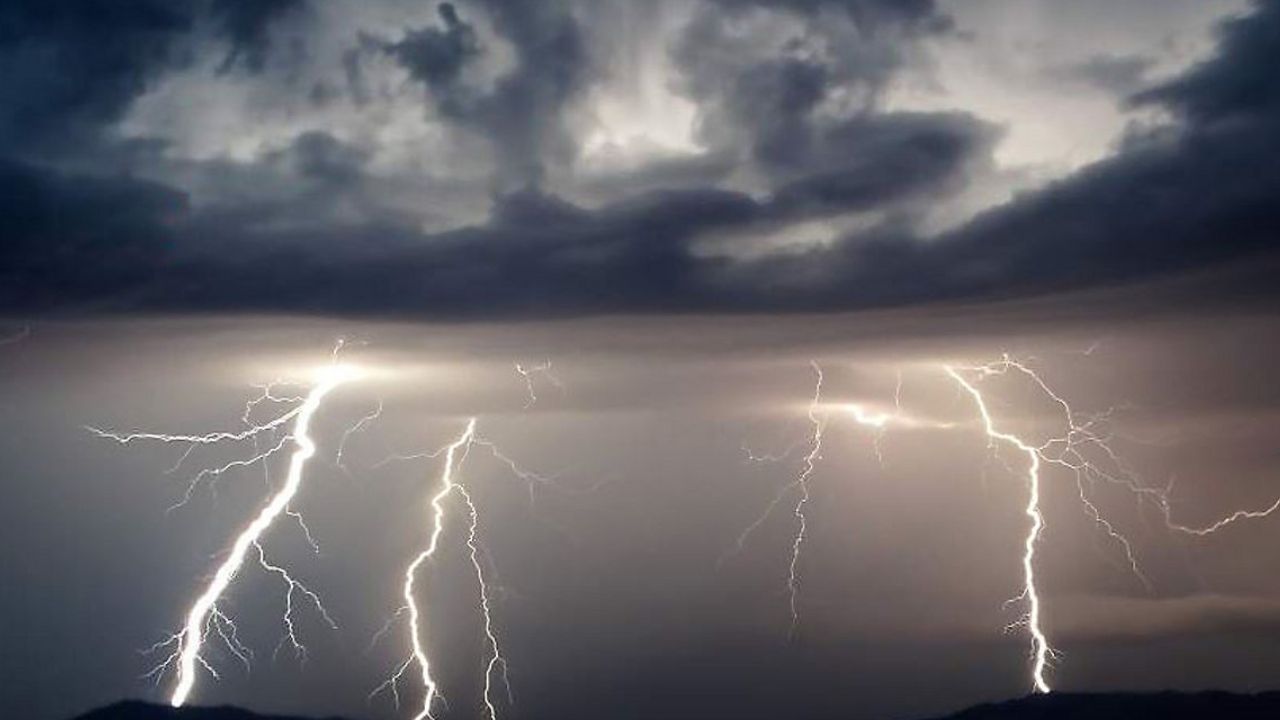As we move through spring and summer in Western New York, the chance to see a thunderstorm increases. As a child, I was afraid to hear thunder and lightning and I know a lot of kids are. Hopefully learning the beauty behind the storms, can pique their interest rather than crawling into mom and dad’s bed!
For starters, a thunderstorm is a storm produced by a cumulonimbus cloud. Those are the big, puffy gray clouds that often look angry! These storms usually produce strong winds, heavy rain, and sometimes hail along with the obvious thunder and lightning. They form when moisture, unstable air, and lift interact with each other. You need moisture to form clouds and rain (we talked about this in weeks prior with the water cycle). You need unstable air that is warm and will rise rapidly and you need lift. Lift is usually provided from warm or cold fronts and lake breezes off Lake Ontario and/or Erie.
Because warmer unstable air is needed for storms to develop, they are most common times to see storms are in afternoon or early evening. But as we’ve all seen and heard before, they are possible at any time of day.
A rule of thumb in ‘chasing’ thunderstorms at home is counting in between lightning and thunder. Start by counting the number of seconds between when you see the lightning and hear the thunder. Take the number of seconds and divide by five. The outcome will tell you how far away the storm is in miles.
Thunderstorms can be dangerous and scary at times. In order to take some of the fear away for your kids, help them prepare by teaching them what to do if a storm develops.
If your children are outside and notice skies getting dark and winds picking up, they should go inside. The best place to go is a building or a car. If there is no place to go around you (worst case scenario), stay away from trees. Crouch down in an open area, and put your feet together. If you’re with a group of people, stay about three lengths apart from each other. In addition, make sure to stay out of the water! Water is one of the worst places to be during a storm! Yes, that includes the swimming pool!
If you’re inside you are much safer. That being said, you should still take some precautions. Try not to take a shower, wash your hands, wash dishes or do laundry. Do not use electrical equipment like computers and appliances during a storm. Also, STAY AWAY from windows and doors! Lightning is pretty to look at but also very dangerous.
In this week’s experiment you create your own thunderstorm. No, we won’t be stomping are feet and using balloons in our hair to create static electricity. We will be creating the atmosphere to see how these storms develop.
You will need:
- A clear, plastic container (size of shoebox)
- Red food coloring
- Ice cubes made with blue food coloring
You will start the experiment by filling the plastic container 2/3 full with lukewarm water. Let the water sit for one minute. Place one of your pre-made blue ice cubes at one end of the container. At the other end, add three drops of red food coloring to the water. Lastly, watch what happens.
What you should see is the blue/cold water sinking while the red/warm water rises. This happens because of convection. The blue water represents the cold air mass and the red water represents the warm, unstable air mass. Remember, a thunderstorm is caused by a body of warm air being forced to rise by an approaching front (in this case a cold front) therefore recreating a thunderstorms formation.
The most important step in all of this is to have fun! Now, take the quiz below!



